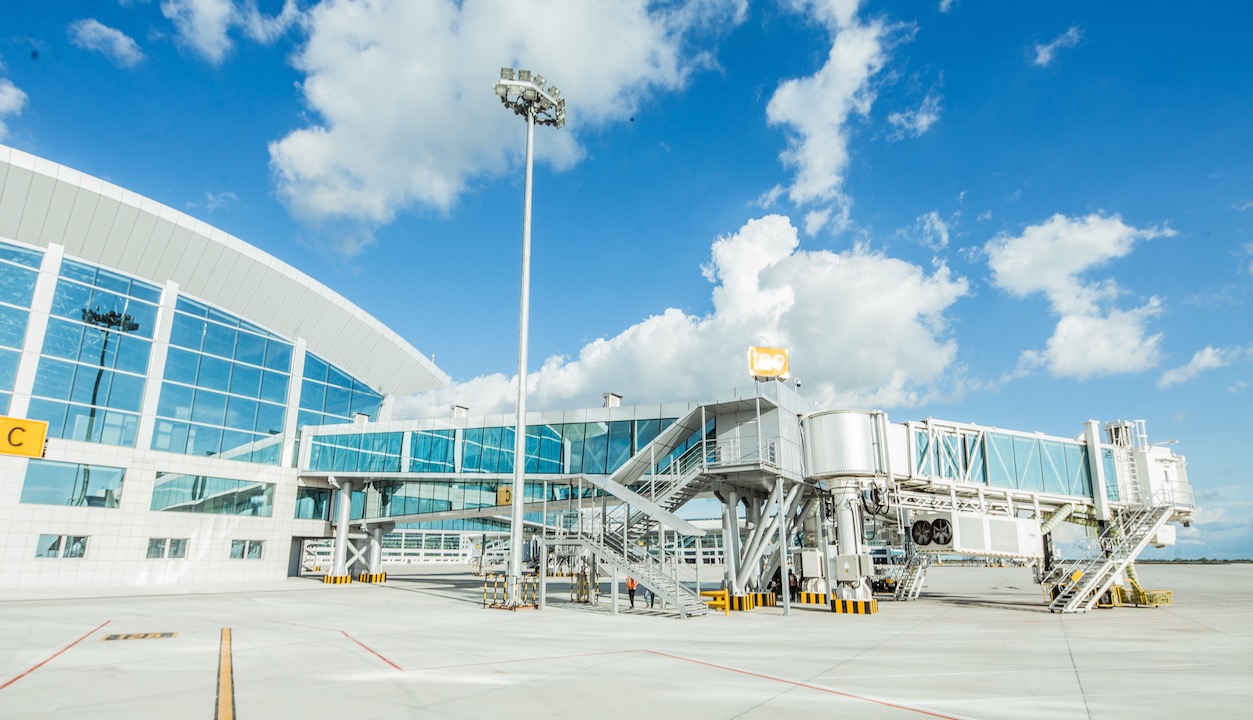Angola scores with new hub
While the opening of Angola’s new Dr. António Agostinho Neto Airport (AIAAN) came up against several delays, it was officially inaugurated on 10 November 2023 by Angolan President Joao Lourenco.

Angola's new international airport. Picture: AIAAN
Now the hunt is on for interested parties to manage the new airport, for which plans were initially mooted more than 20 years ago, under a 25-year concession, which could be extended by a further 15 years.
German airport operator Fraport, French operator, Vinci Airports, and Airports Company South Africa (ACSA) are all reported to be among the companies that have expressed an interest in operating Angola’s new air transport hub.
With the next phase of the tender process due to be announced in February, a final decision on the new operator is anticipated before the end of 2024.
Named after the nation’s first president and situated 40km southeast of Luanda, the airport is currently capable of handling up to 15 million passengers per year and features a 130,000-tonne cargo terminal and 82m high control tower, as well as its own rail station.
Plans are also underway to develop an Airport City on a 110 sqkm space close to the new airport. Although it is currently serving cargo traffic, domestic passenger flights (which are already 20% over 2019 figures in Angola) are expected to begin in February and international flights in June.
The airport features two parallel runways measuring 3,800m and 4,200m in length, with the longer runway able to handle aircraft up to the size of an Airbus A380.
TAAG Angola Airlines, which is the first carrier to relocate to the new airport will have its own terminal at the hub. At the end of 2023, and in line with its relocation, TAAG announced it was expanding its regional network with additional services to Namibia, Republic of Congo, São Tomé and Mozambique.
The new airport’s passenger terminal building occupies an area of around 160,000 sqm and has 12 aircraft finger docks. It also boasts modern baggage carousels and check-in counters with plenty of space for restaurants, retail concessions and lounges.

The construction of the airport and supporting infrastructure including the cargo terminal, fuel farm and administrative buildings, is estimated to have cost more than US$3 billion. Funding was provided by the government as a public investment, with the development of a modern air transport hub, to complement and ultimately replace the existing Quatro de Fevereiro International Airport for scheduled traffic.
The new airport is expected to play a key role in boosting international travel and trade as well as providing a hub for transit passengers. To support this increase in traffic, a resolution to allow a 90-day visa-free stay for foreign nationals from almost 100 countries, including Morocco, the US, UK, China and Brazil was also recently passed.
One of the most populous cities in Africa with around nine million inhabitants and counting (according to the World Population Review), Luanda, and Angola’s wider 37 million population, is certainly expected to benefit from having two air transport hubs. Once scheduled carriers have transitioned to the new airport, Quatro de Fevereiro will be used for non-commercial air services including VIP operations, business aviation and charter flights, as well as maintenance and training facilities.
“Angola is currently one of the most stable countries in the continent and is currently diversifying its economy away from oil revenues with aviation a strong contributor to explore all the different opportunities from tourism and trade to agriculture and logistics,” said Ricardo Viegas D’Abreu, Minister of Transport for Angola, speaking ahead of the airport’s opening.
He added: “Africa has tremendous potential to grow connectivity it is lacking the capacity to do so not only because of the infrastructure, but also due to airlines, access to aircraft and financing to support a civil aviation ecosystem and the Single African Air Transport market. The new international airport is an important element not only for Angola, but also for supporting the region and continent.”
Stay up to date
Subscribe to the free Times Aerospace newsletter and receive the latest content every week. We'll never share your email address.


